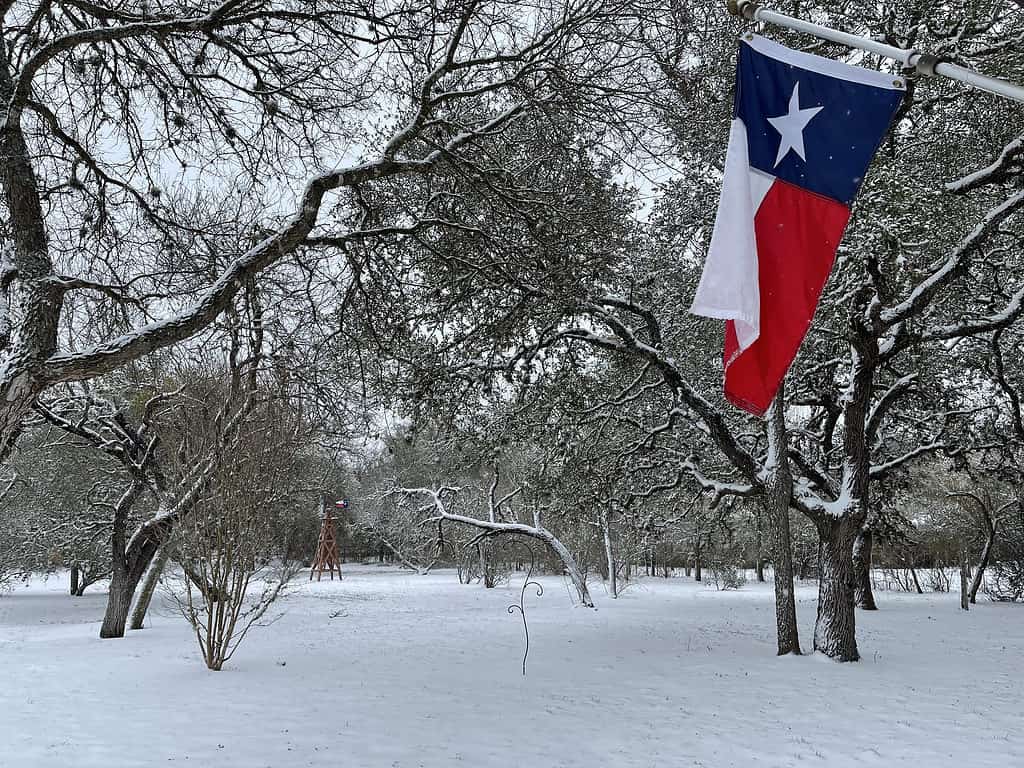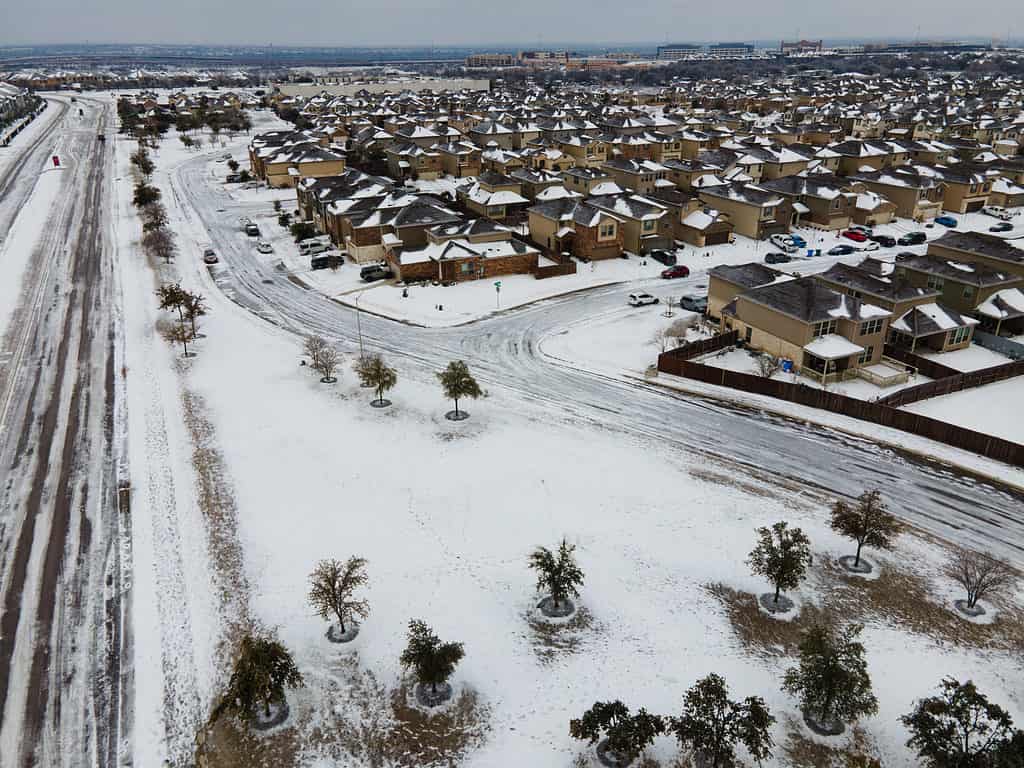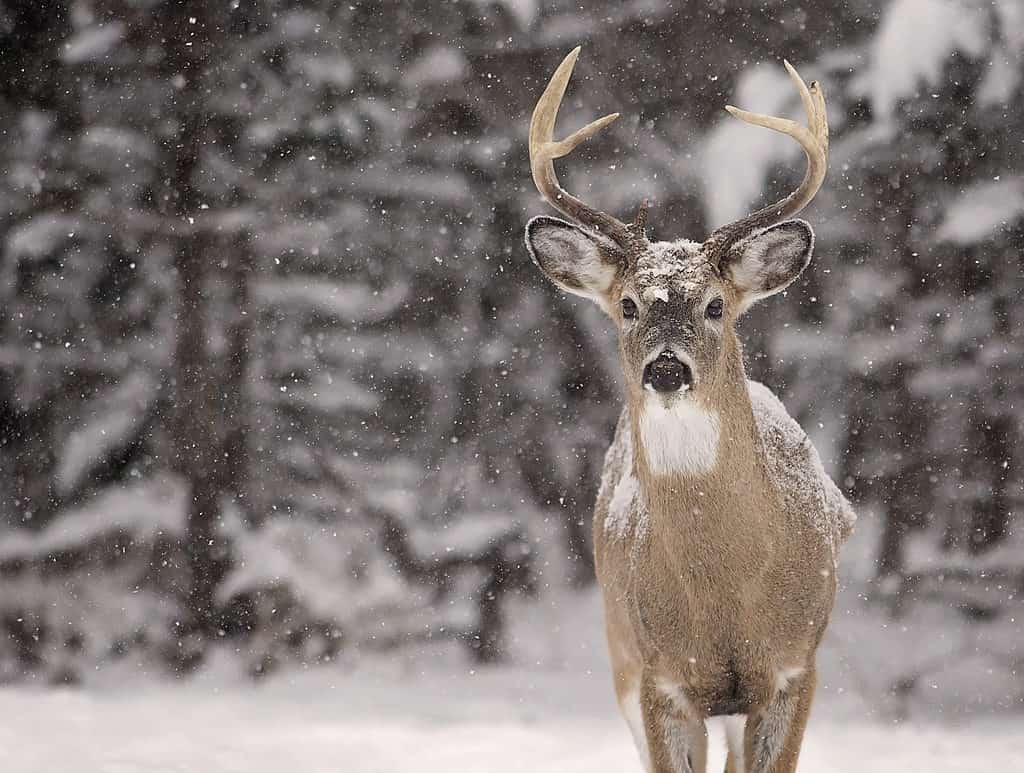Geography and Climate of Texas
The geography of Texas is quite diverse, with many different terrains and climates found throughout the state. Mexico borders the state to the south, while Oklahoma provides a border to the north. New Mexico lies to the west, and Arkansas and Louisiana are situated to the east. Texas features everything from vast plains, grasslands, rolling hills, and desert terrains.
These various terrains contribute to three main climate types. These include continental steppe (in areas such as the Texas High Plains), mountainous, and subtropical modified marine. Continental steppe regions experience extreme temperature ranges due to low humidity levels combined with minimal rainfall. Mountain climates tend to be cooler and involve irregular precipitation patterns. Finally, humid or sub-humid areas have a semi-arid or arid subtropical climate, respectively. This variety contributes to some very cold winters, including one January that was the coldest ever seen in Texas’s history!
Average January Temperatures in Texas

©iStock.com/Lea BOUKNIGHT
The average January low temperature in Texas can vary significantly depending on the region. Lows of 20 degrees occur along the northern border, whiles lows of 50 degrees occur in the Valley. These temperature drops are often due to ‘Blue Northers‘. These weather phenomena occur when cold air is trapped against the east side of the Rocky Mountains and then released by a strong cold front that moves southward. This cold front brings intense winds from 20-30 mph and usually lasts for one or two days. It’s quite common for temperatures to drop an astonishing 20 degrees within an hour when these Blue Northers pass through! During any given year, you can expect 10-20 blue northers to make their way through Texas. Make sure you’re prepared if you plan on visiting during the winter!
The Coldest January on Record in Texas
On January 4, 1959, the small town of Spearman, Texas, experienced the coldest January on record. The high temperature for that day was a frigid -1° Fahrenheit, while the low temperature plummeted to -22°F! This record-breaking cold snap caused widespread disruption throughout Texas. Many areas were forced to close due to icy conditions and power outages. Frozen pipes and ice accumulations caused additional problems for residents across the region. Thankfully, this bitterly cold weather didn’t last long, with temperatures beginning to rise again by mid-January.
The Coldest Day Ever in Texas History

©iStock.com/RoschetzkyIstockPhoto
On February 12, 1899, temperatures across Texas plummeted to some of the coldest ever recorded. Over half of the state experienced subzero temperatures, with Tulia dropping to -23° F. This temperature was matched again in Seminole on February 8, 1933, making it one of only two days in Texas history to be so cold.
The impact of such a deep freeze was felt across the state as crops were damaged and livestock suffered. Several deaths also occurred due to hypothermia and a general lack of preparedness for such an event. Evidence suggests these record-breaking temperatures are unlikely to be repeated anytime soon, making them part of a unique chapter in Texas history.
How Do the Wild Animals Survive the Winter in Texas?
Animals have a variety of strategies for beating the cold in Texas. Porcupines, for example, are well-adapted to winter weather thanks to their thick underfur. This unique feature involves hollow hairs that trap air and provide insulation against the chill. Birds, on the other hand, huddle together at night in large groups known as roosts. They can conserve heat by sharing it with each other. Reptiles like horned lizards make use of burrows where temperatures stay fairly consistent throughout the year. Some species enter into a state of brumation (similar to hibernation) during periods when food decreases significantly due to cold weather. These are just some examples of how animals in Texas survive relatively mild winters. No matter what strategies they use, one thing remains true: come springtime, life always finds a way!
White-Tailed Deer

©iStock.com/Lynn_Bystrom
White-tailed deer have evolved to become highly adaptable in order to survive cold winters. As the temperature drops, they begin eating more and storing fat beneath their skin for additional insulation. Their coats also change from a short summer coat to a darker winter coat that is thicker and longer. The underfur of the coat serves as an extra layer of protection against the frigid weather. Additionally, tiny muscles near each hair follicle enable them to raise their hair, trapping air around their body for warmth. This is similar to what birds do with feathers in cold climates. With these protective measures, white-tailed deer can brave some of Texas’s coldest months with relative ease!
Winter Birds of Texas

©iStock.com/BeyondMyLens
Texas is home to a wide variety of permanent and migratory birds. During the winter months, many species migrate south in search of more temperate climates with plentiful food sources. Some birds spend their winters in Texas, taking advantage of the mild climate relative to other parts of North America.
These overwintering birds include waterfowl such as ducks and geese, along with woodpeckers like the red-bellied woodpecker. Additionally, raptors such as hawks and eagles are common. Songbirds like cardinals, blue jays, sparrows, goldfinches, and warblers also overwinter in the state. Scavenging turkey vultures and shorebirds like sandpipers and plovers also call Texas home. Hummingbirds feed on winter flowers, owls hunt rodents during the night hours, and crows use farmland for feeding grounds. All these feathered friends are vital components of the Lone Star State’s diverse landscape.
Amphibians and Reptiles
In the winter, cold-blooded animals must find ways to regulate their body temperature when days turn cold and shorten. Fish, amphibians, and reptiles cannot generate internal heat like warm-blooded mammals, so they must move to different environments to survive. For example, a lizard might bask in the sun when cold or seek shelter in the shade when hot. Cold-blooded animals also practice brumation during colder months, a process that slows metabolism and activity levels. Rattlesnakes are especially known for this behavior; hundreds of them may gather in one den and remain huddled up until warmer weather returns.
NEXT UP…
- Bald Eagles in Texas: Where Do They Live and How When to Spot Them
- 10 Native Plants in Texas
- Are there Bears in Texas?
The post Discover Texas’s Coldest January on Record appeared first on AZ Animals.
from Animal News, Facts, Rankings, and More! - AZ Animals https://ift.tt/4rsUF2u